Headline
CVE-2021-44518: The eGeeTouch TSA Smart Lock is Anything But – Ash Allen – Security
An issue was discovered in the eGeeTouch 3rd Generation Travel Padlock application for Android. The lock sends a pairing code before each operation (lock or unlock) activated via the companion app. The code is sent unencrypted, allowing any attacker with the same app (either Android or iOS) to add the lock and take complete control. For successful exploitation, the attacker must be able to touch the lock’s power button, and must be able to capture BLE network communication.
IoT security devices, such as smart padlocks, need to perform at least as well as their non-smart counterparts if consumer trust is to be gained. Unfortunately, many such devices are fundamentally flawed, with poor design meaning they are simple to subvert. Once such device is the eGeeTouch 3rd Generation Travel Padlock.
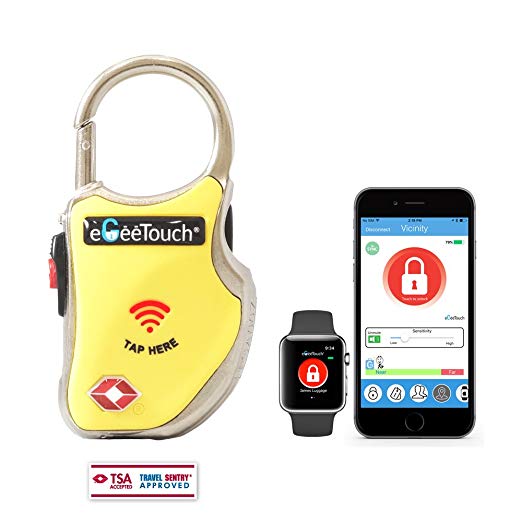
The eGeeTouch 3rd Generation Travel Padlock
Available in the UK for £19.90 from Amazon, the lock boasts a number of features, including Bluetooth operation via the companion smartphone app, RFID tag support, and a TSA manual override. So far, so good. However, digging deeper, it is clear that the device should be used with extreme caution. Access to the device is handled via a password set in the app:
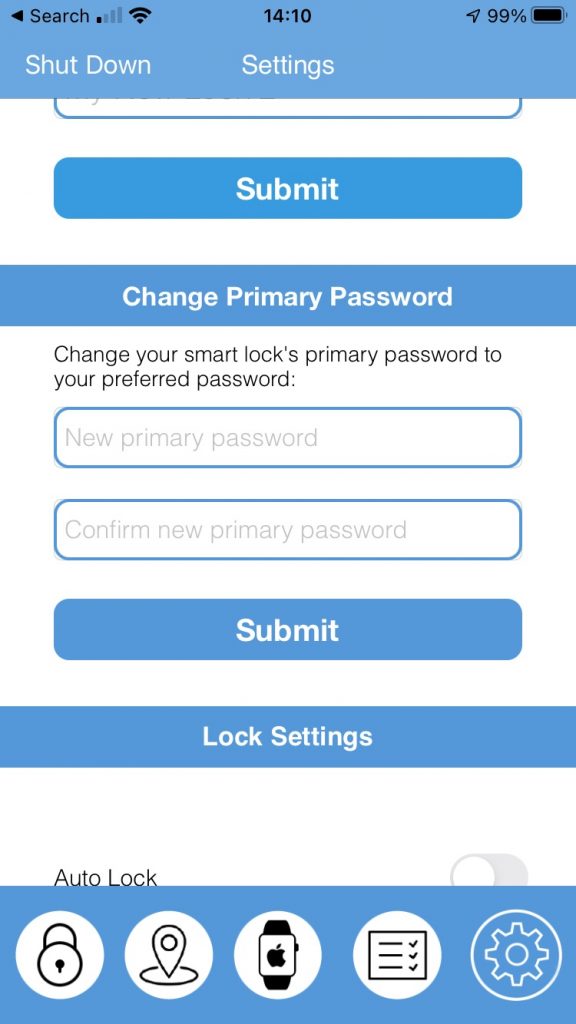
eGeeTouch app – password management screen
This password is required when initially pairing the lock with the app; without that the two can’t talk to each other. Setting the password to 080379, we can then look to see how the lock communicates with the app, and vice versa. To do so, we can use btlejack, a Python tool that leverages the Bluetooth LE chipset in the BBC micro:bit development board to hijack the connection and dump the output to a Wireshark format dump file (download it here). Looking at output from a successfully captured session, we can see the following in packet 78:

Authentication capture
The capture indicates a write to the 0xfff8 attribute of the letter a plus our secret code, 080379. The lock then replies with a range of other information, for example the Model Number in packet 89 :

eGeeTouch model number
and the firmware revision in packet 92:

eGeeTouch Firmware
Triggering an unlock event via the app sends the following (packet 95):
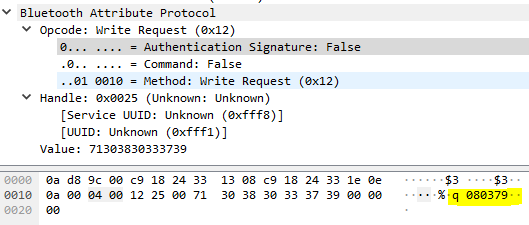
Unlock event
whilst a lock event sends the following (packet 101):

Lock event
It seems clear therefore that the operation of the lock, at least via the companion app, is controlled by these three commands; an initial authentication, followed by the relevant lock or unlock code. All three use the “secret” code that was set in the app. How much access can we get knowing that?
The app is currently logged in using the following account:
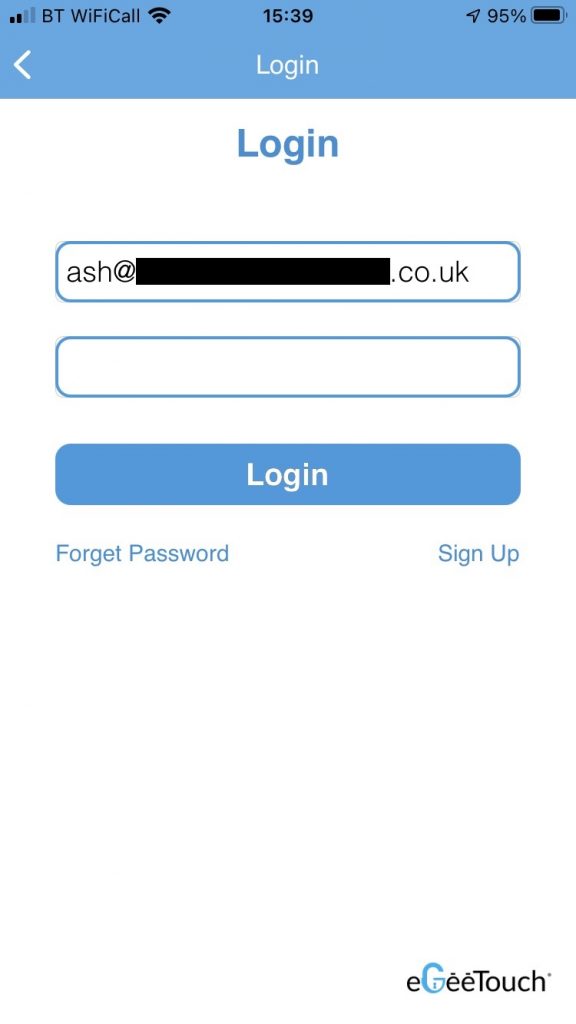
User account
Let’s then log out and try signing up with a brand new account:

Attacker account
Logging in, we can see that no devices are currently registered:

No devices registered
Clicking the Add Lock button brings up the following:
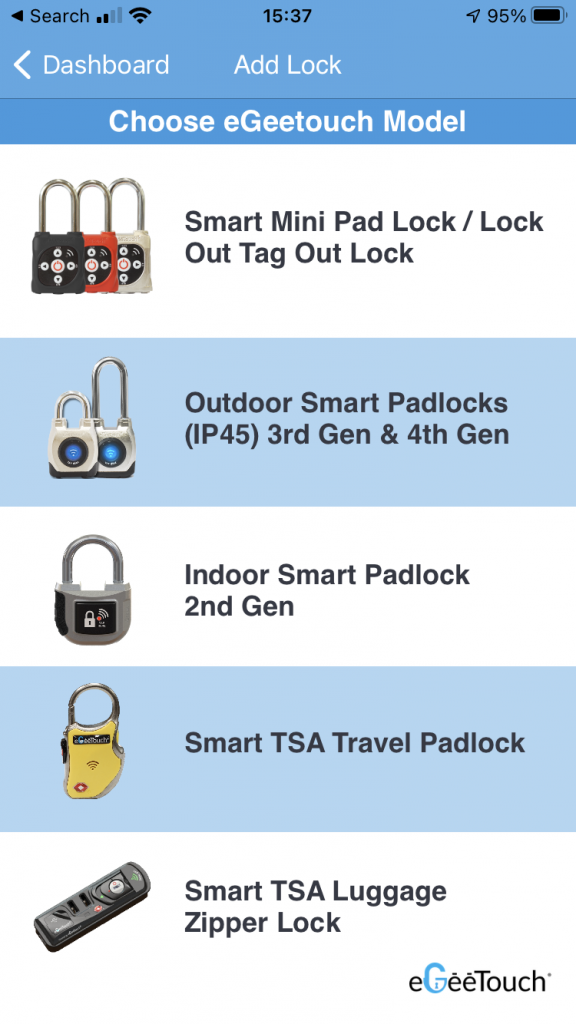
Lock choice screen
Select the correct device and we are asked for the pairing password. Enter that and:

Success!
The user now has full admin rights over the lock, including, crucially, the ability to change the pairing password and so lock the legitimate owner out. No notification is provided to the original user that their password has been used on another account, so they are none the wiser that the lock is compromised.
The exploit relies on the attacker having the ability to capture the data flowing between the device and the companion app. There are a number of different ways of doing this in addition to the btlejack method; for example, the image below identifies the same back and forward communication as in the PCAP, though in this case it was captured using the Gattacker tool:
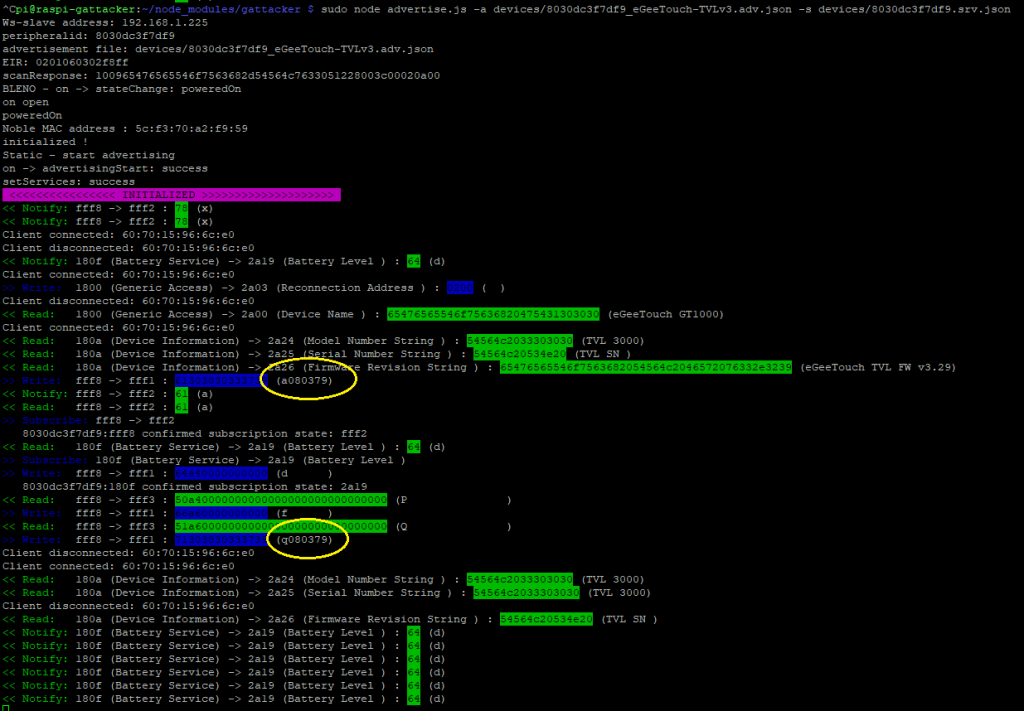
Gattacker output
The attack does require a small amount of contact with the device, amounting to a push of the power button on the side of the lock. In a busy environment such as a railway station or airport it is not an impossible obstacle to surmount. In short, the eGeeTouch Travel Padlock should be passed over if you are looking for a reliably secure device.
I will be returning to this lock in a later post, as there are a number of other serious issues that greatly impact its desirability as a consumer product.